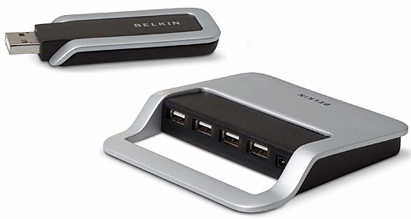- Question: Which telephone company introduced the first mobile telephone service (MTS), in 1946?
- Answer: In 1946 AT&T introduced the first MTS in the United States. The service was similar to a walkie-talkie, with a simplex radio system that allowed only one user to speak at a time in a phone call.
- Question: Which band of radio wave frequencies do cellular phones use for telecommunication?
- Answer: Cellular phones initially used the 800–900-MHz band of radio frequency, which allows a signal to be transmitted over large geographic areas.
- Question: What is the name for the mapped hexagonal geographic areas that make up the cellular phone grid?
- Answer: The hexagram mapped areas that make up a cellular phone grid are called cells. Each cell contains a radio transmitter that sends a signal to the surrounding area.
- Question: What does the “SIM” in SIM card stand for?
- Answer: SIM stands for Subscriber Identity Module. A SIM card contains a key that identifies a user’s mobile phone with a specific carrier subscription and account.
- Question: Which manufacturing company produced the first camera phone, called the J-Phone, that could send photos over a cellular network?
- Answer: Sharp, an electronics manufacturer, was the first company to produce a camera phone with the capability to send photos electronically. The phone was equipped with a 0.1-megapixel camera.
- Question: The biggest difference between 3G and 2G mobile-data-transfer technology is the use of packet switching over circuit switching.
- Answer: Packet switching in 3G cellular technology allows data to be transferred between two locations in a network in separate small packets that are reassembled when they reach their destination. 2G circuit switching requires an established connection before data can be transferred between two locations.
- Question: Motorola was the first telephone company to create a handheld mobile phone.
- Answer: In 1973 the first-ever call from a handheld mobile phone was made by an executive at Motorola.
- Question: What does VoIP stand for?
- Answer: VoIP stands for Voice over Internet Protocol, the system guidelines for voice communication over the Internet and similar networks that use Internet protocols.
Wiquest Mobile Phones & Portable Devices Driver
WiQuest Communications, Inc., was a fabless semiconductor company that designed and developed Wireless USB (WUSB) products using WiMedia Alliance technology for high-speed, short-range applications. WiQuest offered integrated circuits, software, and reference designs. This is especially significant for indoor LBS, where the cacophony of Bluetooth, ZigBee, Wi-Fi, phones, and even microwave ovens in the 2.4 GHz range can negatively impact performance. Cost conscious While UWB technology suffered from low-volume price points when it was initially brought to market, it also struggled to compete in the. The WiPhone is a hackable, modular mobile phone which makes HD voice calls for free over WiFi. I have my doubts about the future of UWB, the high-speed personal area networking technology, after the closure of UWB chipmaker WiQuest, the bankruptcy of UWB chip firm Focus Enhancements and the halt of Intel’s (s INTC) UWB research program, but belief in UWB apparently remains high. Alereon CEO Eric Broockman, earlier this month, told me. Assurance Wireless offers several different free phones, including free Android™ smartphones, to qualifying customers depending on availability. Find your phone here to see its specific features and all it can do!



